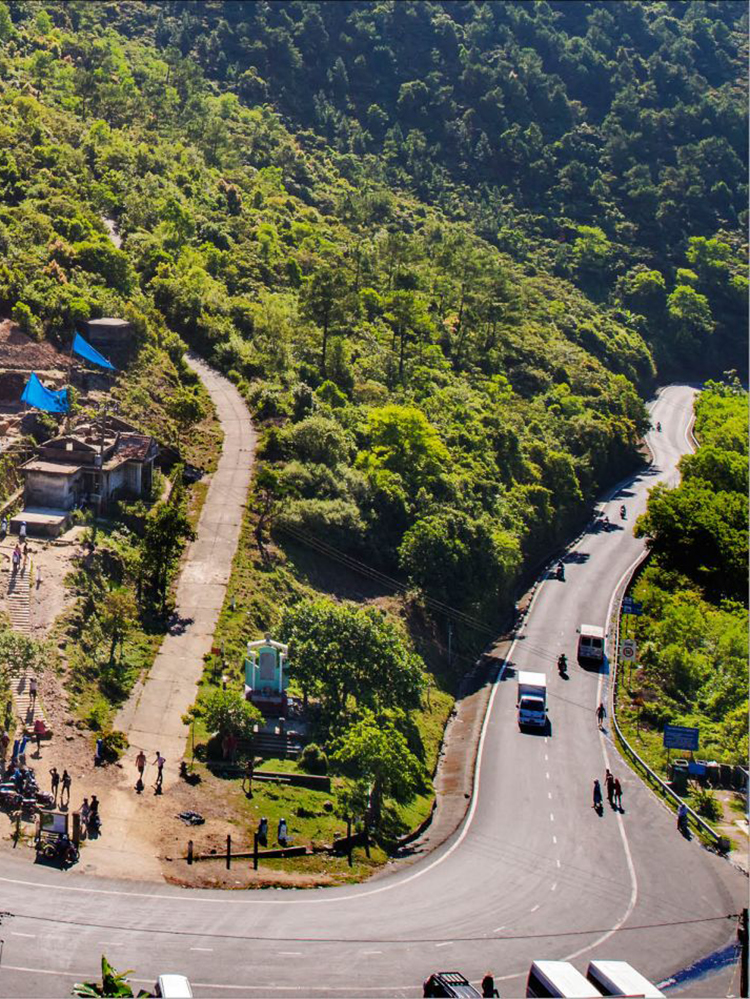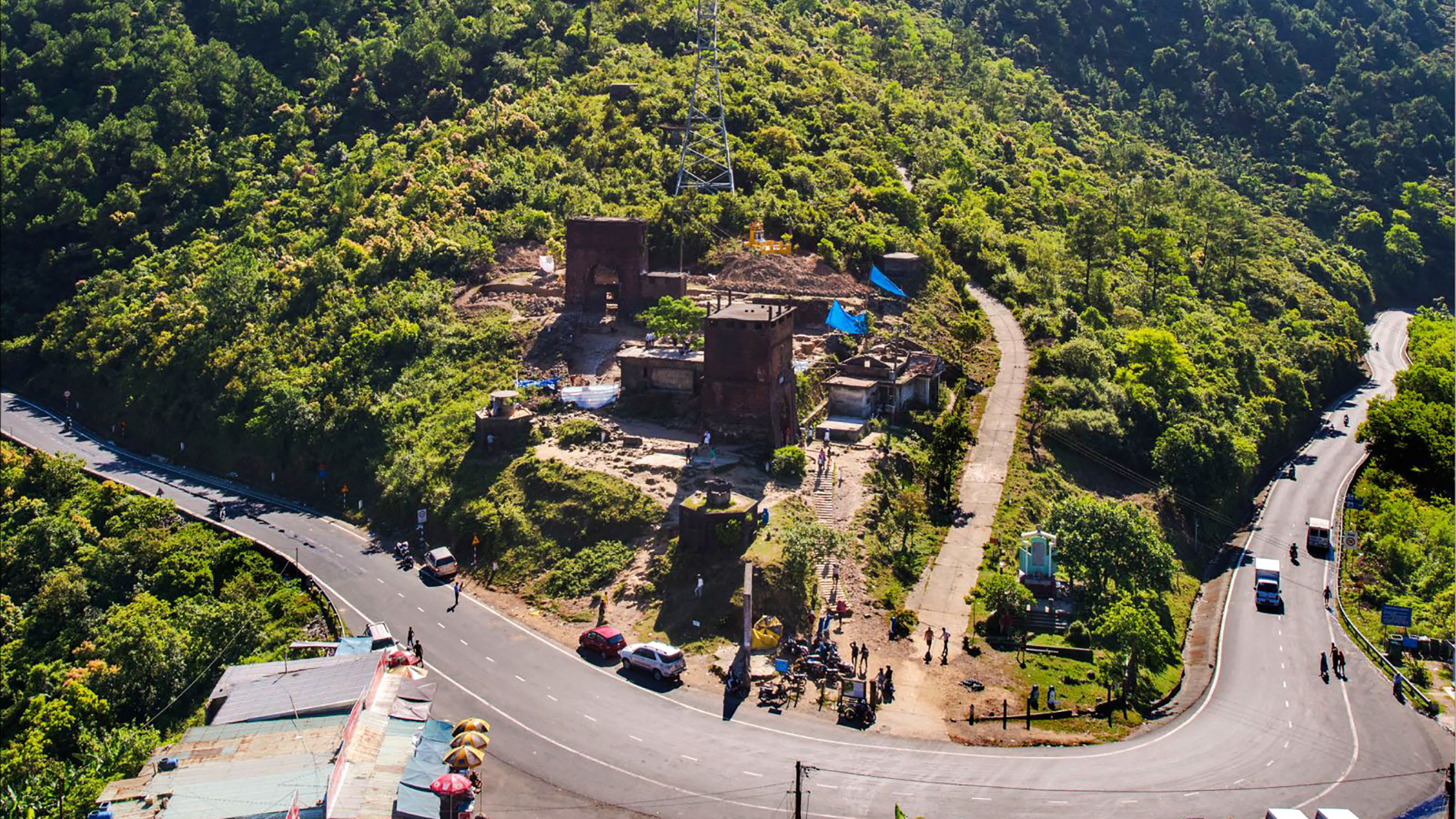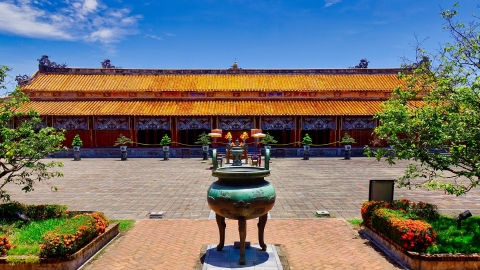The restoration was carried out in 2 years with a total investment of up to 42 billion VND from 50% of Da Nang city budget and 50% of Thua Thien-Hue province budget.
According to the agreement between the two localities, the project investor is the Hue Monuments Conservation Center, while the Department of Culture and Sports of Da Nang is the representative unit of Da Nang to coordinate the implementation of the project. The project construction site is at the top of Hai Van Pass, between Lang Co town (Phu Loc district, Thua Thien-Hue province) and Hoa Hiep Bac ward (Lien Chieu district, Da Nang city) with an area of about 6,500 m2.
During the two-year period, the project will dismantle all the bunkers above Hai Van Quan and "Thien ha de nhat hung quan", and also restore them according to the original traces; restore and replace the Thanh stone gate foundation, the mortar system, Thanh stone gate, and brick walls. In addition, many relic items such as the Nguyen Dynasty citadel wall made of mountain stone, observation towers, the Tru So house, the 3-room Vu Kho house, etc. will also be restored according to archaeological traces and documentary photos.

In 2017, Hai Van Quan was ranked as a National Monument by the Ministry of Culture, Sports and Tourism. - Photo: Internet
Hai Van Quan relic was built in 1826, this is a military fortification guarding the top of Hai Van pass right on the border between Thua Thien-Hue province and Da Nang city (formerly the border between Thua Thien and Quang Nam prefectures).
Since its construction, with its unique natural terrain, Hai Van Quan has effectively promoted the solid military function of a citadel. According to the description, in the years 1876 and later, there were 50 soldiers guarding here, by 1885 the number of soldiers was only about 5 people and by the beginning of the 20th century it was almost abandoned, with no one guarding it.






























